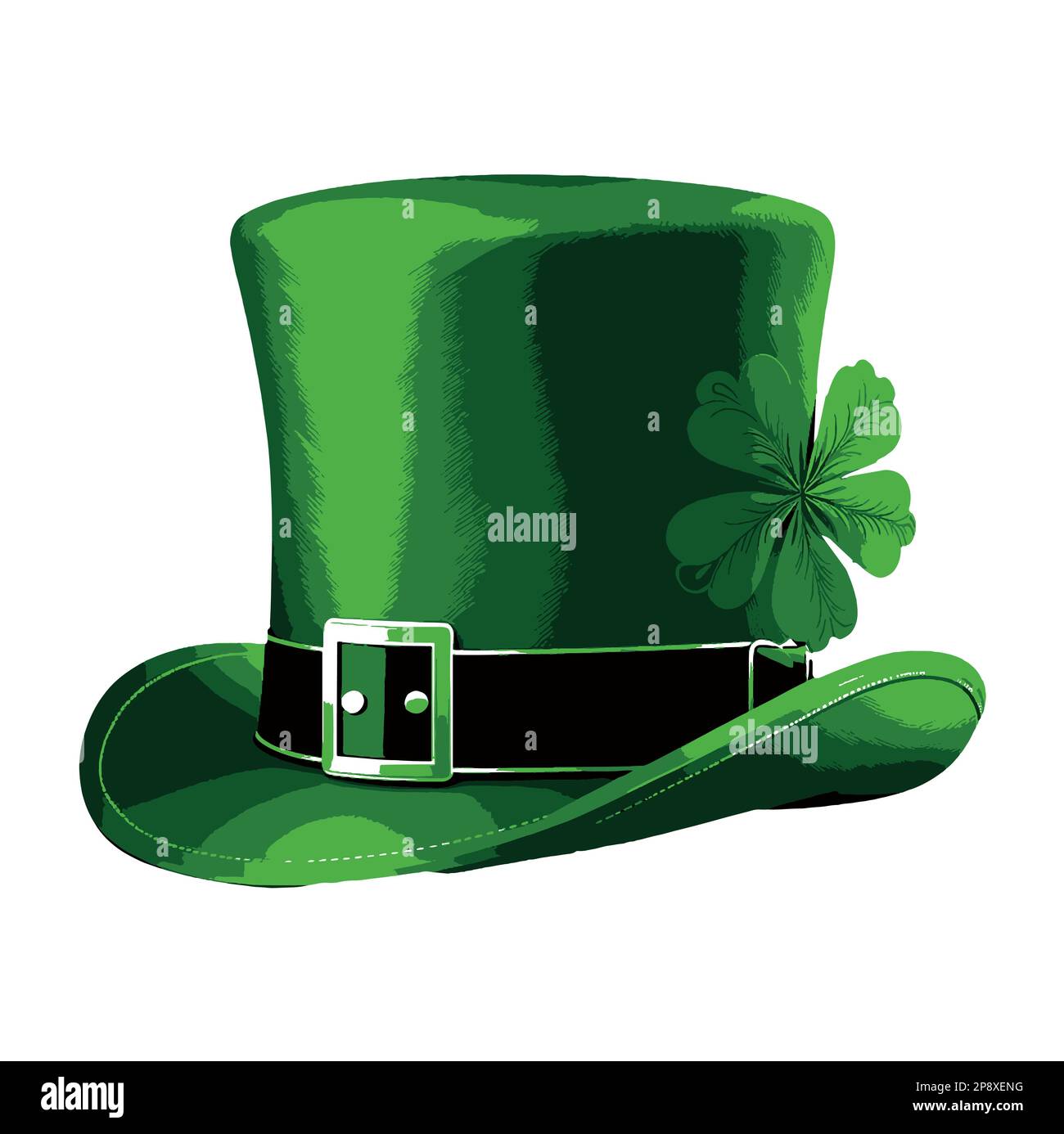Gallery
Photos from events, contest for the best costume, videos from master classes.
 |  |
 |  |
 |  |
 |  |
 |  |
 |  |
While Catholics were associated with the color green, Protestants were associated with the color orange due to William of Orange – the Protestant king of England, Scotland and Ireland who in 1690 defeated the deposed Roman Catholic King James II. Therefore, on St. Do Scottish celebrate St Patrick Day? St. [] The Ultimate Guide to St. Patrick’s Day Colors: What Not to Wear. So, you’re prepping for St. Patrick’s Day and want to avoid a fashion faux pas (or worse, a pinch from a mischievous leprechaun!). The answer, according to tradition and a touch of historical context, is: you should probably avoid wearing orange on St. Patrick’s Day Wondering if wearing orange on St. Patrick’s Day is offensive? Discover the history, meaning, and cultural significance of colors on March 17, plus stylish print-on-demand apparel ideas from Printblur. Why did Irish immigrants wear green? Patrick's Day celebrations in general date back to the 19th century, when waves of Irish immigrants came to America looking for better job opportunities, especially after the Great Famine of the 1840s-50s, and began wearing green and carrying Irish flags along with American flags as a point of pride for their home While most St. Patrick’s Day enthusiasts bust out their green clothing on March 17, there are some who would rather wear orange. The reason has everything to do with religion. Performers take part in the annual St. Patrick's Day parade in Dublin on March 17, 2024. Previous generations of Irish people were not as enthusiastic about wearing the color green. Why do some people wear orange on St. Patrick's Day? It seems to be for religious reasons. We all already know that green is the de-facto color associated with St. Patrick's Day, but what if we told you there's not only one, but two other famous colors that have been tied to the day's celebrations? What Color Do Protestant Irish Wear on St. Patrick’s Day? Some wear orange—a nod to the House of Orange and the Protestant heritage of Northern Ireland. It’s controversial. It’s symbolic. It’s the other side of Ireland’s complicated, beautiful, broken harmony. Wearing orange on St. Patrick’s Day serves as an acknowledgment of this complex past and offers an opportunity for individuals to express solidarity with Northern Irish Protestants or simply demonstrate an understanding of Ireland’s multifaceted heritage. It's considered bad to wear orange on St. Patrick's Day because the color orange is associated with the Protestant community in Ireland, particularly with the Orange Order, which commemorates the victory of Protestant King William of Orange over the Catholic King James II in the Battle of the Boyne in 1690. Orange and other colors like red and blue should be avoided on St Patrick’s Day in contexts where they may be seen as implicit political statements. Given the holiday’s Catholic and Irish nationalist associations, orange is particularly controversial due to its Protestant unionist connotations. Forget to wear green, and you might just get pinched as a reminder. Also notable, the color green itself only became linked to St. Patrick's Day in the U.S., drawn from the green on the Irish flag and in reference to the Emerald Isle, as Ireland is sometimes called. Early on, the color of St. Patrick's Day was blue. Incorporating orange and green into St. Patrick’s Day outfits can be a creative way to celebrate and acknowledge Ireland’s diverse heritage. History of Wearing Orange on St Patrick’s Day. Wearing orange on St. Patrick’s Day has its roots in Irish history, specifically, the events surrounding the Battle of the Boyne in 1690. Beyond the Colors: The Spirit of St. Patrick’s Day. While the colors of St. Patrick’s Day hold deep historical and cultural significance, it’s important to remember that the true essence of the holiday lies in its spirit of celebration, community, and cultural pride. T hey say the whole world is Irish on St. Patrick's Day! Or at least, the whole world adopts a certain version of Irish culture. Every March 17, we break out our green clothing and jewelry, wear Is it OK to wear orange on St Patricks Day? Catholics are known to wear green on the holiday, and many Protestants wear orange to represent the colors of the flag . We all know green is associated with St. Patrick’s Day. So, in summary, you can wear green, orange, or even blue on St. Patrick’s Day. It ultimately depends on your personal style and preferences. Whether you choose to embrace the traditional color green or opt for something different, the most important thing is to have fun and enjoy the festivities. FUCK the ducks, we will not support Green! Go Orange! Go Oregon State!! The Significance of Orange in St. Patrick’s Day. Orange, a secondary color of St. Patrick’s Day, has a complex history and symbolism that extends beyond its association with the Protestant minority in Ireland. In Ireland, orange is a color that represents the country’s complex history and the struggles of its people. Wearing orange on St. Patrick’s Day isn’t inherently offensive, but in Ireland and Northern Ireland, it can be seen as a political or religious statement. While green represents St. Patrick and Irish nationalism, orange is tied to Protestant heritage and unionism.
Articles and news, personal stories, interviews with experts.
Photos from events, contest for the best costume, videos from master classes.
 |  |
 |  |
 |  |
 |  |
 |  |
 |  |